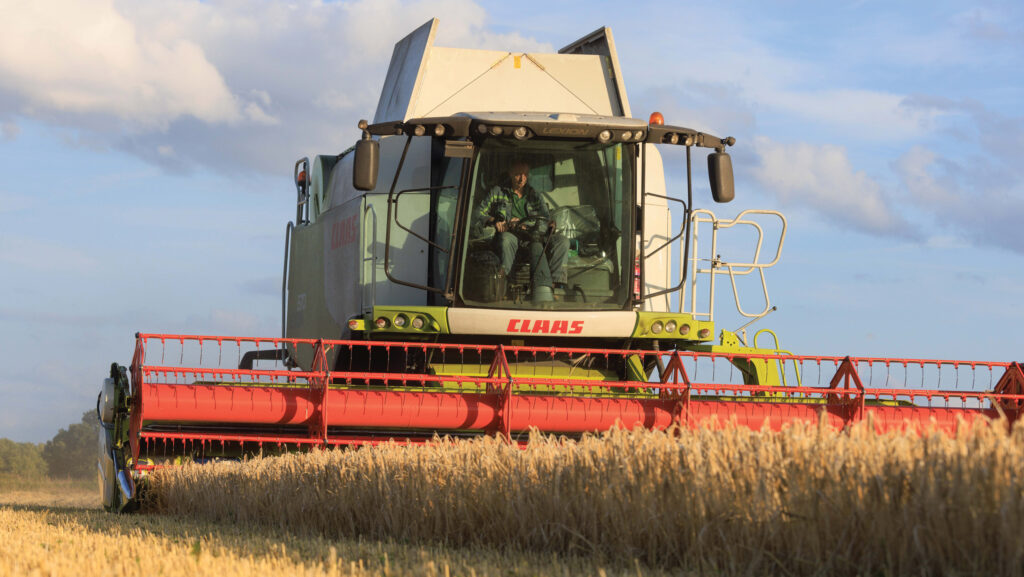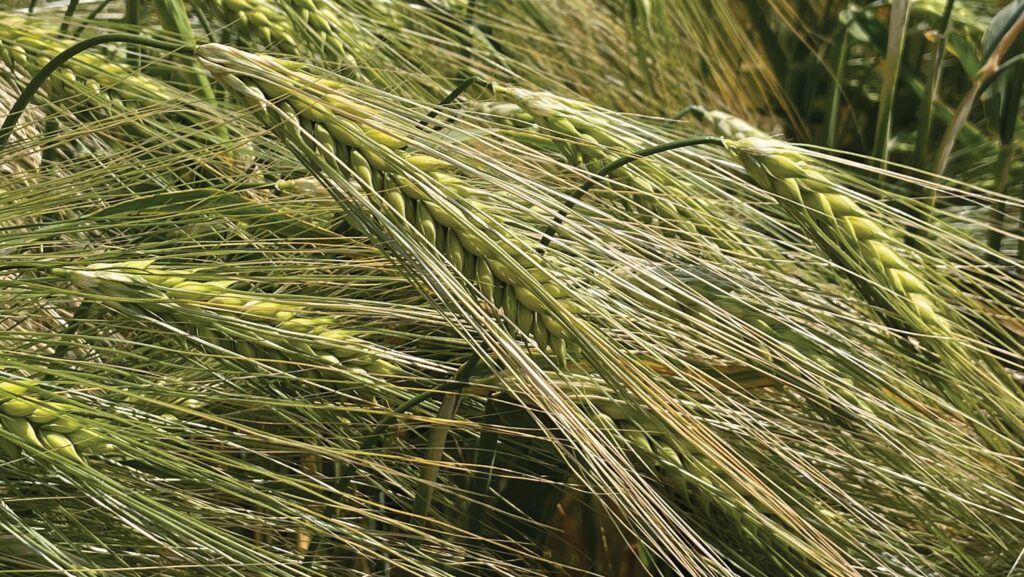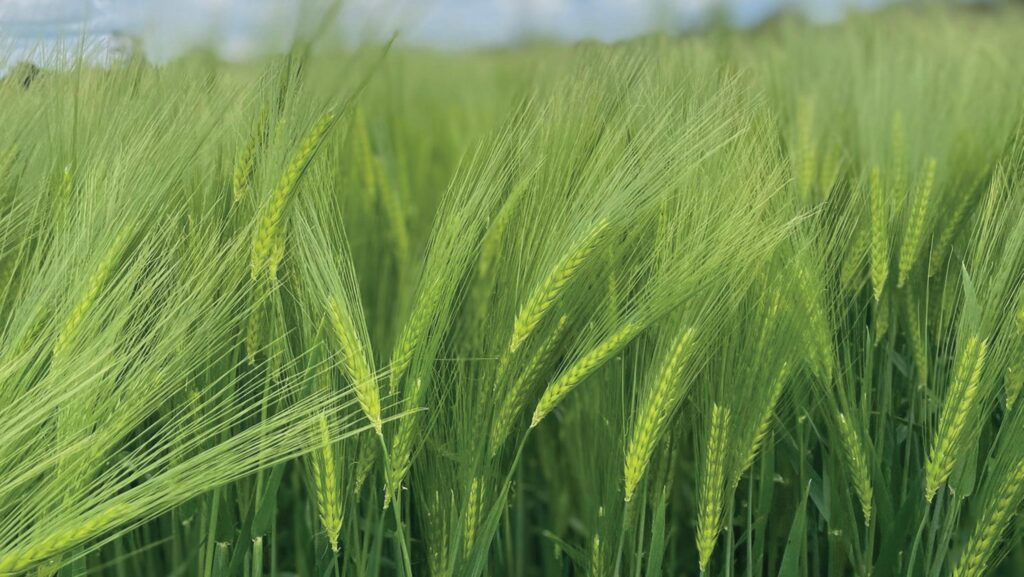New winter barley choices join varieties with good resistance
 © Tim Scrivener
© Tim Scrivener Winter barley variety choice is being boosted by the arrival of new resistance and tolerance traits, just in time to help growers minimise risk and keep inputs down.
With farm cashflows stretched after such a high-input year, opting for varieties that require fewer interventions is likely to appeal – although some of them are still 18 months away from being available commercially.
See also: Tips to tackle foliar sugar beet disease in high-risk season
As with winter wheat, there is huge interest in the 17-strong candidates list, as that is where more varieties with barley yellow dwarf virus (BYDV) tolerance and resistance can be found.
It also includes newcomers with resistance to both strains of barley yellow mosaic virus (BaYMV).
These traits present opportunities for growers, points out Niab cereal varieties specialist Clare Leaman, who notes that the first two-row feeds with BYDV tolerance are in the development pipeline and will be up for recommendation later this year.
Autumn plantings
For this autumn, there are two newcomers to consider alongside existing choices – two-row feed variety Capitol and six-row hybrid Buzzard. As neither of them top their respective categories for yield, not everyone will be keen to move on.
Buzzard does, however, have tolerance to BYDV – a characteristic that is expected to appeal to those with SFI agreements in place that include the zero insecticide action, or where there has been high BYDV pressure in the past.

Buzzard © MAG/Richard Allison
There will also be seed available of some candidates, including Kestrel, the first six-row hybrid with resistance to BYDV. It has a lower treated yield compared with other hybrids, but a good untreated yield and relatively good rhynchosporium resistance.
Syngenta points out that Kestrel has given better yields in the West – most likely due to its 7 rating for rhynchosporium.
“These features combine to make it a lower-risk variety,” says Clare. “It’s really encouraging to see resistance traits becoming more widely available. They can only be a help.”

Kestrel © Syngenta
Six-row hybrids account for about 25% of the winter barley market, with the remainder largely two-row feeds. Tardis continues to dominate the two-row market, but other varieties that have a good following include Bolton and Caravelle.
Two-row feeds
Two-rows are matching hybrids for yield, come with a lower seed cost and leave less of a volunteer legacy, commentators point out.
Currently, only Valerie offers resistance to both strains 1 and 2 of BaYMV, but that situation is about to change.
Of the 17 candidates up for further consideration, three have the dual-strain resistance. Looking at those, Kitty from Senova is the front-runner for yield and has a very good specific weight – something that growers value.
The others are Aretha from Cope Seeds and Newmarket from Saaten Union.
Another notable development is BYDV tolerance in two-rows, with both Carpenter and Senova’s Organa on the candidate list bringing this trait.
For growers who prefer two-rows and are looking to take up SFI actions, it’s a big step in the right direction and both varieties are expected to be well received.
Six-rows
There are also more conventional six-row varieties on the candidate list with BYDV tolerance, vying to join Feeris. These include Integral from Agrii and Sixy from Elsoms.
Finally, three six-row hybrids – one of which is Kestrel – are candidates. For the first time, KWS has one of these, Inys, creating a challenge to the Syngenta line-up.
“There’s no doubt that the two-rows have caught up with the hybrids now,” says independent agronomist Patrick Stephenson. “We’ve got some interesting candidates coming through, and distinguishing between them is going to be difficult.
“When it comes to BYDV tolerance and resistance, the breeders do need to sort out how they want growers to pay for it.”
Autumn options
- Two Recommended List newcomers:
- Two-row feed variety Capitol offering 106% yield
- Six-row hybrid Buzzard with BYDV tolerance
- Limited seed also available for some candidates, including six-row hybrid Kestrel with BYDV resistance

